There is a lot to love about China. From its natural beauty, and rich culture to its delicious cuisines and amazing festivals. Not only does it have the longest history it is also the largest country in Asia. Much like the American government, this expansive land is divided into provinces, each governed independently.
Among the provinces, some are more developed and therefore greater than others. Jiangsu is among such provinces. In size, it is a small province but among the most populated. Being among the richest and most developed provinces, many people migrate to it from poorer neighboring provinces to seek better opportunities. This thriving region also played a significant role in China’s history.
If you want to know more about Jiangsu, then this post is for you. In this post, we cover the overview of Jiangsu, including its origin, cities, cuisine, and other things it may be famous for.
Jiangsu History.
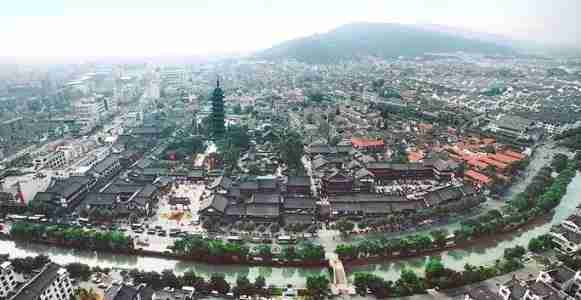
During the reign of the first dynasties in Ancient China, the region that is now Jiangsu wasn’t considered a part of Chinese civilization. At the time, it was home to an ancient ethnic group called Huai Yi. It wasn’t until the Zhou dynasty, that the southern part of the region came under the rule of the Chinese government as the state of Wu. During the end of the Spring-Autumn period, the state of Wu gained power over the State of Qi but was later subjugated to the State of Yue. Yue was later subjugated to the state of Chu. This was until the reign of the Qin dynasty when all the states were brought together under one rule.
During the Han dynasty that followed, Jiangsu was administered as two provinces namely, Yang in the south and Xu in the north. By the Three kingdoms period, the southern part of Jiangsu became Eastern Wu, with its capital as Jianye which would later become Nanjing. When the Tang dynasty came into power, the southern part of Jiangsu was combined with Shanghai and other areas nearby to form Jiangnan. That was where the annual grain the dynasty relied on. During the Ming dynasty after the Mongols were taken out of power, Jiangsu and Anhui became Nanzhili provinces. During the Qing dynasty, Nanzhili became Jiangnan province.
In 1666 still under the reign of the Qing dynasty, was when Jiangsu ad Anhui separated and were administered as separate provinces, and Jiangsu’s borders have been stable for a large part since then. It did, however, change times a few times since 1912 when the People’s Republic of China was established. Some of its cities like its capital Nanjing were important figures in the wars that ensued after 1912, including the Sino-Japanese wars and Chinese Civil war, as well as, the Huaihai campaign that took place in Jiangsu.
Where Is Jiangsu China Located?
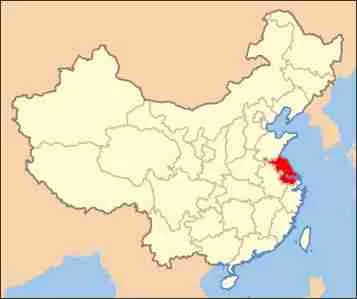
Jiangsu is the third smallest yet the fifth most populous province in the Republic of China. The coastal province is located in the east-central region of the country. It is bordered by Anhui to its west, to its north is Shandong and to the south is Zhejiang and Shanghai.
Water covers 18% of it, but 68% of the province is made up of plains, so Jiangsu is generally flat land with an altitude of not more than 50m above sea level. Mount Yuntai is the highest point of the province at an altitude of 625m above sea level. It has a coastline that covers 1000km along the Yellow Sea. The Yangtze River also passes through it from its south dividing the province into the poor rural north and prosperous urban south. The province is also home to large lakes like Lake Tai which is the largest, Lake Luoma, and Lake Hongze among others.
The general climate of Jiangsu is a humid subtropical climate, but transitions into humid continental in the northern regions. The seasons are distinct, with frequent rainfall of between 800-1200mm annually mostly during summer and some bit of spring. Typhoons can sometimes occur in late summers and early autumns, and tornados are also a likely probability in the region. The average lowest temperature of the province is -1 – 4 degrees Celsius in January and the highest average is 26 – 29 degrees Celsius in July.
How Many Cities Are in Jiangsu Province?
Jiangsu province is divided into about 14 prefectural cities. These cities are as follows:
Nanjing – the capital city of the provinces which was also the capital of 6 dynasties in earlier periods. It is a cultural and historic city, and home to the Confucius Temple, Qin Huai River, the Gate of China, and the city wall of Nanjing.
Nantong – a major river port city on the Yangtze River and located near Shanghai. It is home to the Cao Gong Zhu Memorial Temple and Langshan among other sites.
Xuzhou – the largest city in the province which was originally called Pengcheng. It is home to the Museum of Terracotta Warriors and Horses of the Han dynasty.
Zhenjiang – a major tourist attraction in the province, with many parks and tourist destinations. It is said to be the childhood home of Pearl Buck, the Nobel Prize Winner.
Zhou Zhuang – a famous water town in Jiangsu and the oldest one in China. The city is described by many as the Venice of China and is often filled with tourists all year round.
Wuxi – the major industrial city of the province located near Suzhou, on the Yangtze River between Nanjing and Shanghai. It is also among the top 10 tourist cities in China thanks to its rich natural and cultural heritage.
The other cities include Yangcheng, Taizhou, Yangzhou, Siqian, Huai’an, Changshu, Lianyungang, and Changzhou.
What Does Jiangsu Cuisine Taste Like?
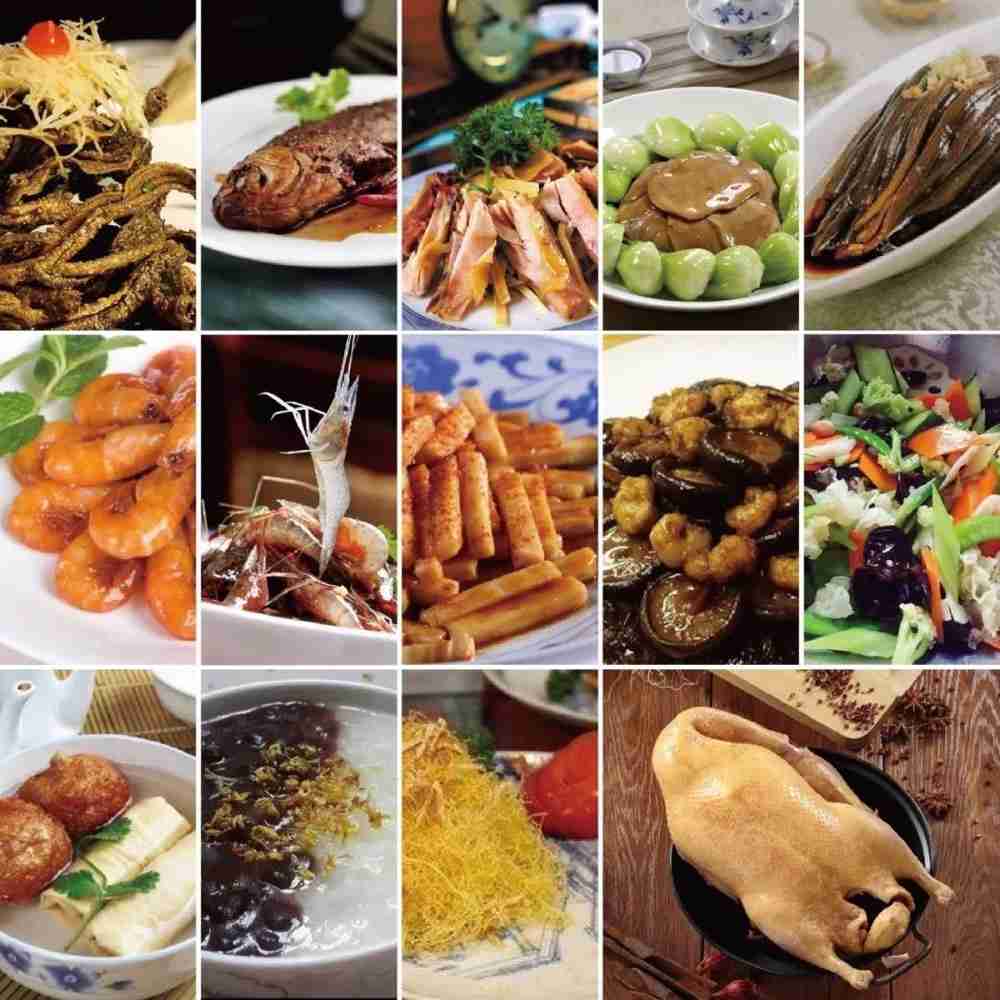
Jiangsu cuisine is also known as Su cuisine. It has over 2,000 years of history and is one of the 8 cuisines in China but lesser-known among foreign tourists. It is famous among the Chinese for its beautifully colored and artistically presented dishes. The food in this cuisine is refined and done in a more gourmet style.
Given the many water bodies in the province, it should come as no surprise that the main ingredient used in this cuisine is seafood. Rice and wheat are also main ingredients seeing as they are stapled grains in the province. Other ingredients used include herbs and vegetables like chestnuts, bamboo shoots, and lotus are used.
The flavor of the Su cuisine is mainly fresh, umami, mild, and sometimes slightly sweet. The focus for most dishes is to maintain the original flavor of the dishes. For that reason, Su cuisine chefs are careful not to add too much seasoning like salt, sugar, or chili powder. The main cooking methods are braising simmering and stewing. There are, however, six main regional styles of preparing Su cuisine. These styles are namely, Nanjing, Suzhou, Yangzhou, Huaiyang, Haizhou, and Xuzhou styles.
The famous dishes in this cuisine include sweet and sour mandarin fish, beggar’s chicken, braised meatballs in brown sauce, and brine-boiled duck. The famous snacks and desserts include Jiangyan flaky pastry, Huangqiao baked cake, and multiple-layer oil cake.
What Is Jiangsu Famous For?
Jiangsu is considered a beautiful and elegant province with many things to love about it. The province is especially famous for the following things:
Lush classical gardens.
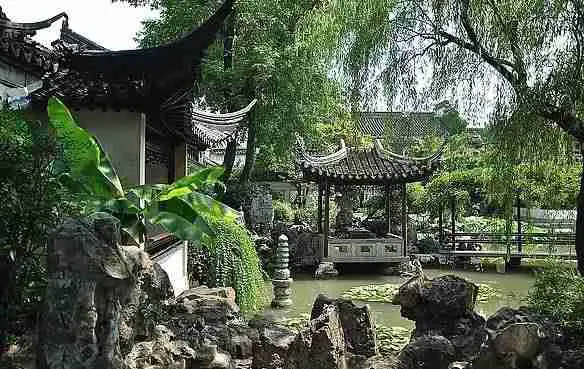
Jiangsu is home to many beautiful gardens you can visit. The gardens of Suzhou are considered the finest of them all. They loved their special design and Chinese classical architecture found in them. Few of them exist in the city but a worthwhile visit while you’re there.
Beautiful sceneries.
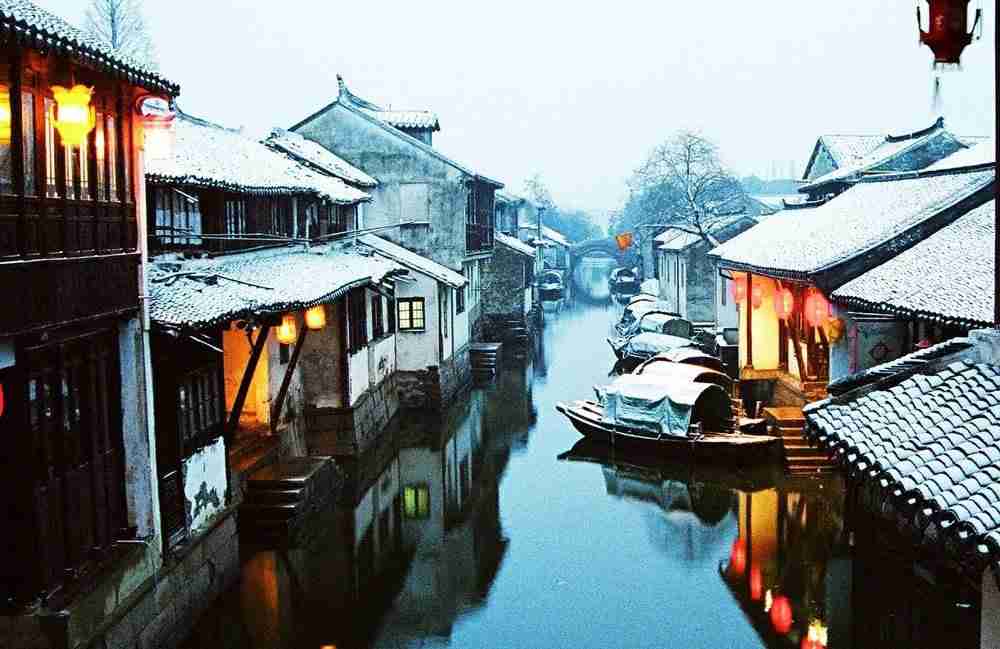
Aside from gardens, Jiangsu also contains beautiful water canal towns like Zhou Zhuang and fascinating large lakes like Lake Tai. You can also enjoy boat rides along the rivers and water canals or fish in the numerous lakes.
Historical museums.
Jiangsu is a province that’s rich in history, which has been carefully preserved in museums in different cities. The Nanjing Massacre Museum is a good example. It’s a memorial hall that commemorates the victims killed by Japanese forces during the Nanjing Massacre in 1937. It is considered one of the greatest tragic events in China’s history.
Folks arts and crafts.
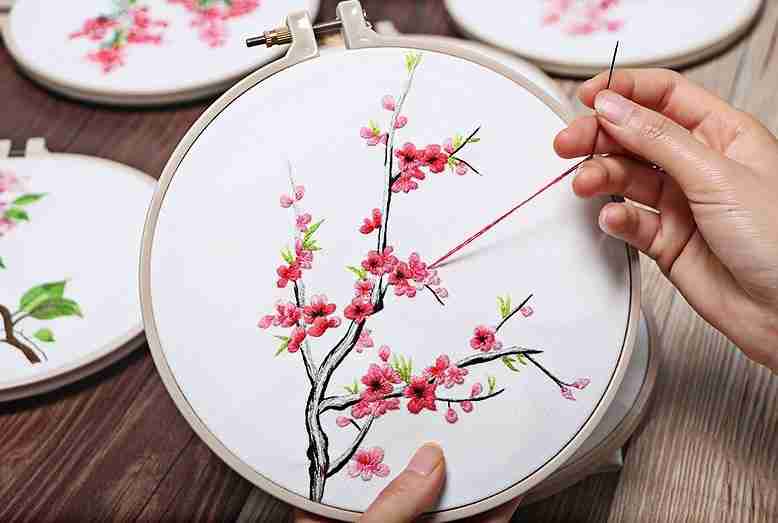
Jiangsu is also famously known for its crafts. The famous clay dolls, Huishan Xiao Niren, made in Hui Mountain are good examples. They are traditionally molded and painted by hand. The Suzhou silk embroidery is also another famous example of the province’s craft. The embroidered silk is often used to make traditional southern silk dresses worn by the social elites in Shanghai.
Local cuisine.
Although lesser known to outsiders, the food in Jiangsu province is said to be generally sweeter, delicious, and visually appealing. Suzhou is nationally known for its pastries.
Conclusion.
The beautiful scenery, many historical sites, and museums, and delicious local food is more than enough reason to want to pay a visit to Jiangsu province, next you are in China. There are many ways for you to get to China, either by road, air, or rail. In the province, you can also move around easily through buses, trains, cars, taxis, bicycles or boats.
Greetings! Very useful advice in this particular post! It’s the little changes that make the most important changes. Many thanks for sharing!